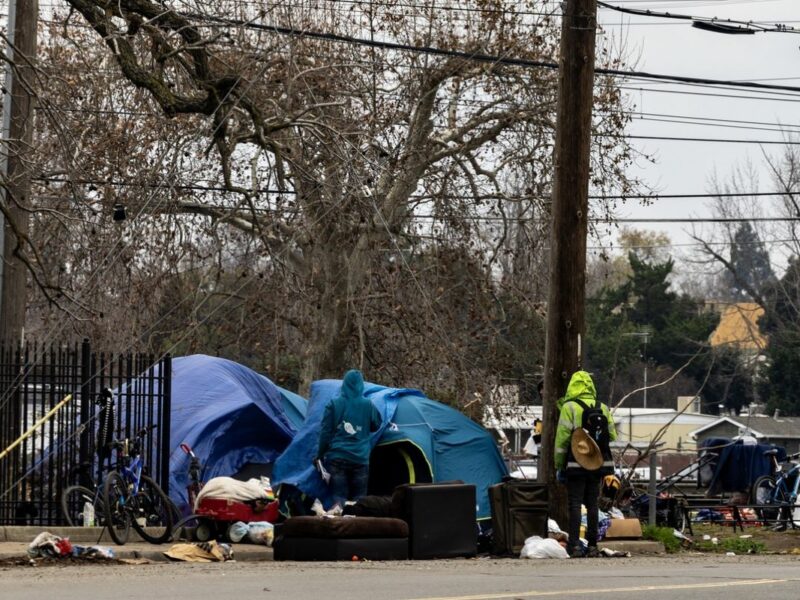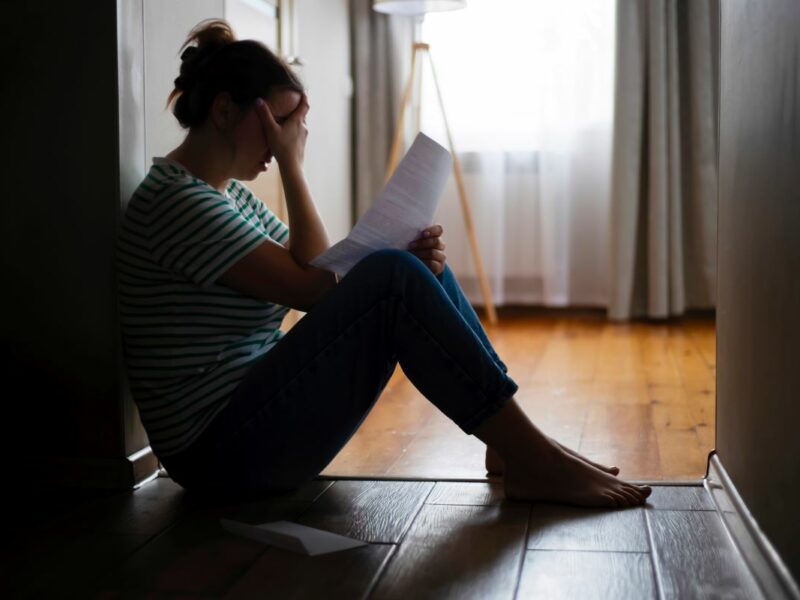The U.S. is building more apartments than ever before. However, that new supply isn’t making it easier for low-income households to find affordable housing.
According to a new study from Harvard’s Joint Center for Housing Studies, the U.S. lost more than 3.9 million “low-cost” rentals between 2011 and 2021. Low-cost rentals are defined as housing units that are available for $1,000 per month or less.
The loss of these units is happening as construction activity in the U.S. reached a 50-year high last year, JCHS found.
“As the supply of low-cost units continues to decline, it will be increasingly difficult for lower-income renters to secure housing they can afford, even in areas that are relatively less expensive,” wrote Sophia Wedeen, a research analyst at JCHS.
Harvard’s report points to several reasons why there aren’t enough affordable homes. The main reason is that housing production has fallen off a cliff since the Great Recession in 2007. At the same time, rents have been increasing at a time when the nation’s building stock is growing older and more deteriorated.
The combination of these events has left many households with fewer affordable housing options, according to the report.
The impacts of this trend have been widespread, with 45 states and the District of Colombia losing at least 20% of rentals available for $600 or less over the last decade. Eight states lost 40% or more of these housing units, including California, Arizona, Colorado, and Texas.
One aspect that ties these states together is that they were once considered affordable places to live but have seen significant population increases over the last decade.
For example, JCHS found that Texas lost more than 500,000 low-cost rentals at a time when census data shows that the state’s population grew by nearly 17% between 2011 and 2021. Texas also added more than 700,000 units with rents above $1,400 per month.
Peter LiFari, CEO of Maiker Housing Partners in Colorado, told Invisible People that one reason Colorado has seen a significant decline in affordable rental units is that for-profit real estate investors often buy naturally occurring affordable housing. They then renovate the properties into market-rate homes to pay off debts incurred during the transaction and make a profit. That has created a highly competitive real estate market, and “Coloradans have been and remain on the menu,” he said figuratively.
Meanwhile, Colorado developers have almost exclusively focused on building market-rate units, which have served to drag up local rents.
The average two-bedroom unit in Adams County, Colorado, rented for around $1,200 in 2016 and now rents for nearly $1,900 today, LiFari said. This has caused a significant decline in the number of teachers, school bus drivers, and other service workers who are moving to the state, LiFari added.
“It threatens our state’s ability to compete for high-paying jobs, depletes our small businesses’ ability to operate due to employee shortages, and creates a state with gross inequities where a small fraction of us hold a disproportionate amount of wealth and bounty,” Lifari said. “Essential workers and young people are left to fend for themselves — pushed away from their home state and loved ones due to a lack of stable and affordable housing.”
Another state that has struggled to keep its low-cost rentals is Arizona.
The state has lost more than 279,000 rental units available for less than $1,000 per month since 2011, JCHS data shows. At the same time, the state’s market has gained more than 284,000 units that fetch rents of $1,000 or more. Nearly 60% of those new units rent for between $1,400 and $1,999.
Nicole Newhouse, executive director at the Arizona Housing Coalition, told Invisible People that the state’s affordable housing shortage has been “a long time in the making” and pointed to issues such as rapidly growing populations in metros like Phoenix and slower construction activity before the COVID-19 pandemic hit.
Newhouse said the state’s shortage of affordable housing has also had an impact on people experiencing homelessness and service providers who are trying to help them.
To that end, the Arizona Housing Coalition is asking lawmakers to enact zoning reforms to open up more land to multifamily and affordable housing development. The coalition is also asking for lawmakers to bolster tax credit financing and create more bridge financing programs to help affordable projects get off the ground faster.
“We need more emergency shelter beds, more housing units for medium-income home renters and buyers, as well as short, medium, and longer-term supportive housing solutions paired with supportive services that are effective in moving individuals and families out of poverty,” Newhouse said.
How You Can Help
The pandemic proved that we need to rethink housing in the United States. It also showed that aid programs work when providing agencies and service organizations with sufficient funds and clear guidance on spending aid dollars.
Contact your officials and representatives. Tell them you support keeping many of the pandemic-related aid programs in place for future use. They have proven effective at keeping people housed, which is the first step to ending homelessness.













